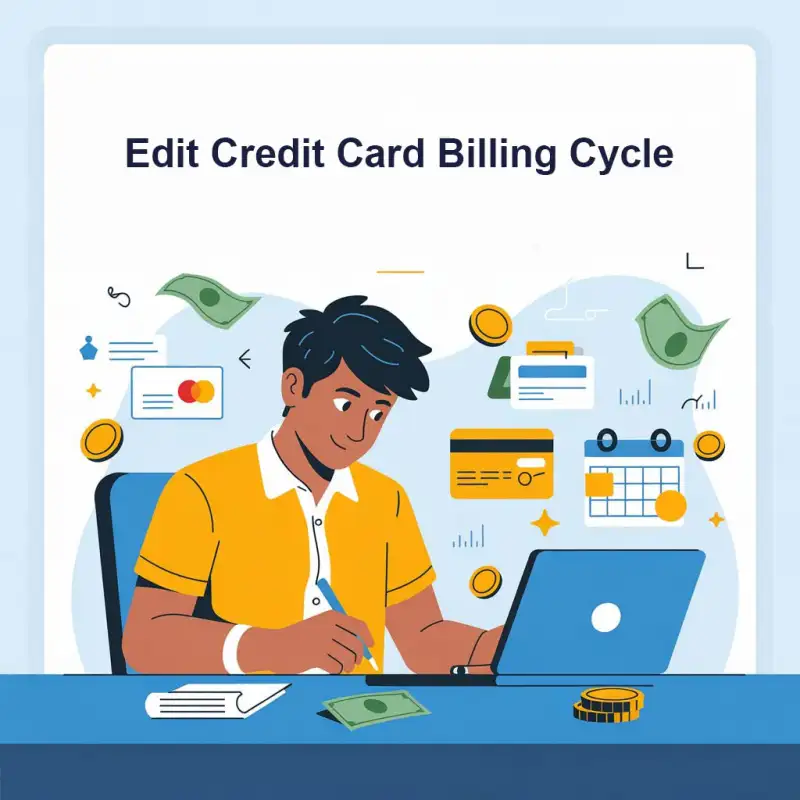Online Payment methods in India - Digiforum Space
Share
Facebook X LinkedIn Tumblr Pinterest Pocket Skype Messenger Messenger ViberOnline Payment methods in India
In the rapidly evolving landscape of digital transactions, India has witnessed a remarkable shift from traditional cash-based payments to the convenience of online payment methods. With the government’s push for a digital economy and the proliferation of smartphones, online payment methods have become an integral part of everyday life for millions. In this comprehensive guide, we’ll take a closer look at the diverse range of online payment methods available in India, their features, benefits, and the factors driving their popularity.
The Digital Revolution: Changing Payment Habits
India’s journey towards a cashless economy gained momentum with initiatives like Digital India and demonetization in 2016. The push for online payments was further accelerated by the rise of affordable smartphones and the availability of high-speed internet. As a result, consumers today can choose from an array of online payment methods that cater to their specific needs.
Related article
- Online Payment banks in India
- UPI Meaning in Hindi – Full Form
- How to create UPI ID?
- How to pay from Paytm wallet to UPI?
- Axis bank Bought – Freecharge Company
The Spectrum of Online Payment Methods
1. UPI (Unified Payments Interface)
Unified Payments Interface (UPI) has revolutionized digital payments in India. Developed by the National Payments Corporation of India (NPCI), UPI allows users to link multiple bank accounts to a single mobile app and make real-time money transfers without sharing bank account details. The system operates 24/7, making it highly convenient for users.
Benefits:
- Instant transfers
- Directly linked to bank accounts
- Simplified transactions using Virtual Payment Addresses (VPAs)
- Widely accepted by merchants and service providers
2. Mobile Wallets
Mobile wallets like Paytm, Google Pay, and PhonePe have become immensely popular due to their user-friendly interfaces and versatile functionality. Users can load money onto these wallets and use them for various transactions, including bill payments, recharges, and online shopping.
Benefits:
- Quick and secure transactions
- Cashback offers and discounts
- Convenient for small payments
- Integration with various merchants
3. Debit and Credit Cards
Debit and credit cards remain fundamental to online payments. Users can enter their card details during checkout on e-commerce platforms or other online service providers to complete transactions.
Benefits:
- Widely accepted both online and offline
- Secure transactions with 3D Secure authentication
- Option to convert large purchases into EMIs
- Reward programs and cashback offers
4. Net Banking
Net banking allows users to access their bank accounts online and perform various transactions, including fund transfers, bill payments, and balance checks. This method is particularly useful for those who prefer using their computers for online transactions.
Benefits:
- Direct access to bank accounts
- Detailed transaction history
- Ability to schedule recurring payments
- Secure and controlled transactions
5. QR Code Payments
QR code payments have gained traction, especially among small businesses and local vendors. Customers can scan QR codes using their mobile apps to initiate payments.
Benefits:
- Simple and quick transactions
- Widely adopted by local businesses
- Reduced need for physical cash
- Integration with UPI and mobile wallets
6. BHIM App
The BHIM (Bharat Interface for Money) app is another initiative by the NPCI that aims to simplify digital transactions. It allows users to link multiple bank accounts and transact using UPI.
Benefits:
- Seamless UPI transactions
- Choice of different bank accounts
- Enhanced security through UPI PIN
- Check account balance on the app
7. NEFT and RTGS
National Electronic Funds Transfer (NEFT) and Real-Time Gross Settlement (RTGS) are methods provided by banks for transferring funds electronically. While NEFT operates in batches, RTGS ensures real-time settlement.
Benefits:
- Reliable and secure fund transfers
- Suitable for larger transactions
- No geographical restrictions within India
8. IMPS (Immediate Payment Service)
IMPS enables users to make instant interbank electronic fund transfers using mobile phones, internet banking, and ATMs.
Benefits:
- 24/7 availability
- Instant transfers
- Various transaction channels
- Secure with two-factor authentication
Factors Driving the Popularity of Online Payment Methods
1. Convenience
Online payment methods offer unparalleled convenience. Users can complete transactions from the comfort of their homes or on the go, eliminating the need to visit physical stores or banks.
2. Security Measures
Advanced security measures, such as OTPs (One-Time Passwords), biometric authentication, and encryption, ensure the safety of transactions and protect users’ financial information.
3. Cashback Offers and Discounts
Many online payment methods provide incentives in the form of cashback offers, discounts, and reward points, making online transactions more attractive to consumers.
4. Digital Initiatives
Government-led initiatives like UPI, BHIM, and Digital India have played a pivotal role in promoting online payment methods and creating awareness among the masses.
5. E-commerce Boom
The rise of e-commerce platforms has led to an increased demand for digital payment methods. Consumers prefer the ease and speed of online transactions when shopping online.
6. Financial Inclusion
Online payment methods have contributed to greater financial inclusion by allowing individuals without traditional bank accounts to access and use digital financial services.
7. Contactless Payments
The COVID-19 pandemic accelerated the adoption of contactless payments, with more individuals opting for online transactions to minimize physical contact.
FAQs About Online Payment Methods in India
1. Are online payment methods safe? Yes, online payment methods in India are generally safe due to the implementation of advanced security measures such as OTPs, biometric authentication, and encryption.
2. Which online payment method is best for me? The best online payment method depends on your preferences, needs, and the type of transactions you frequently engage in. UPI and mobile wallets are widely popular due to their versatility.
3. Can I use online payment methods for international transactions? Yes, certain online payment methods, especially credit and debit cards, can be used for international transactions. However, check with your bank for specific details and fees.
4. Are there any transaction limits for online payments? Transaction limits vary depending on the online payment method, your bank, and your account type. Check with your bank or payment provider for details.
5. Can I use multiple online payment methods simultaneously? Yes, you can use multiple online payment methods simultaneously based on your requirements. Many users link multiple bank accounts and wallets to a single UPI app for added convenience.
6. How do I keep track of my online transactions? Most online payment methods provide transaction histories and receipts within their apps or platforms. You can also review your bank statements for a comprehensive record of your transactions.
7. What if my online transaction fails? If an online transaction fails, ensure you have a stable internet connection and sufficient funds in your account or wallet. If the issue persists, contact customer support for assistance.
8. Are there any charges associated with online payment methods? While many online payment methods are free to use, some might have transaction fees or charges for specific services. It’s advisable to review the terms and conditions of each method.
9. Can I use online payment methods for utility bill payments? Yes, most online payment methods, including UPI, mobile wallets, and net banking, allow you to pay utility bills conveniently through their platforms.
10. What should I do if I encounter unauthorized transactions? If you notice unauthorized transactions on your account, immediately contact your bank or payment provider to report the issue and take necessary actions.
Conclusion
The world of online payment methods in India is diverse and evolving, catering to the varying needs and preferences of users. From the convenience of UPI and mobile wallets to the security of debit and credit cards, each method offers a unique set of benefits. As digital transactions continue to shape the financial landscape, understanding these methods empowers individuals to make informed choices, contributing to a seamless and cashless economy.
Copy URL URL Copied
Send an email 23/08/20230 71 5 minutes read
Share
Facebook X LinkedIn Tumblr Pinterest Pocket Skype Messenger Messenger ViberShare
Facebook X LinkedIn Tumblr Pinterest Reddit VKontakte Odnoklassniki Pocket Skype Share via Email Print





